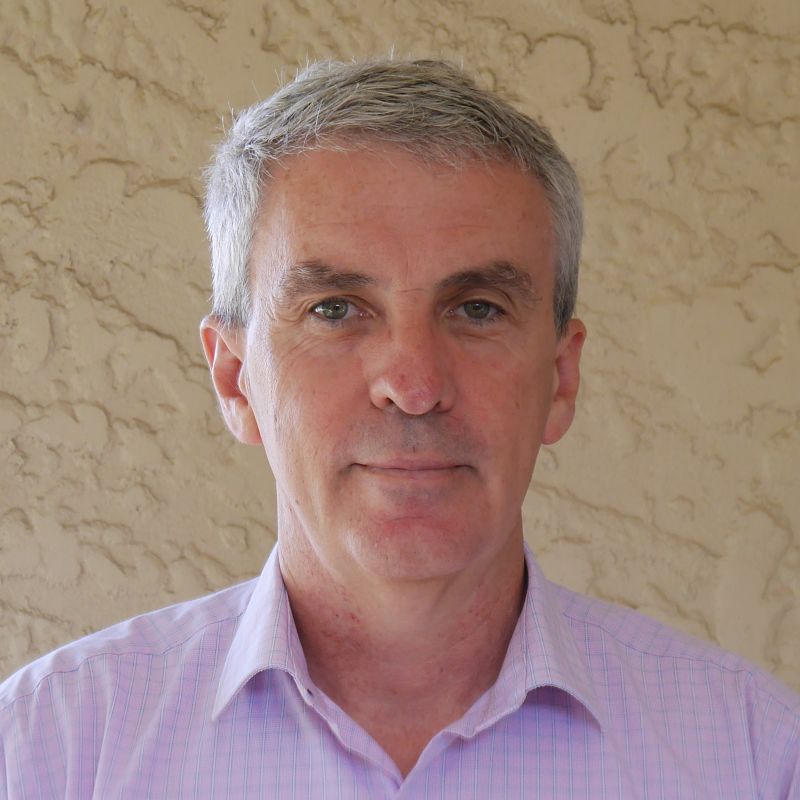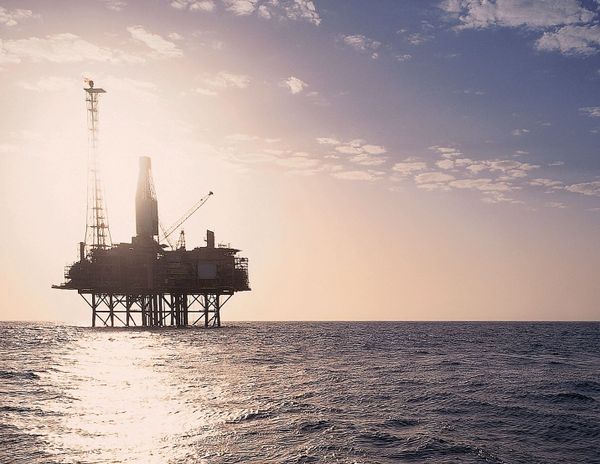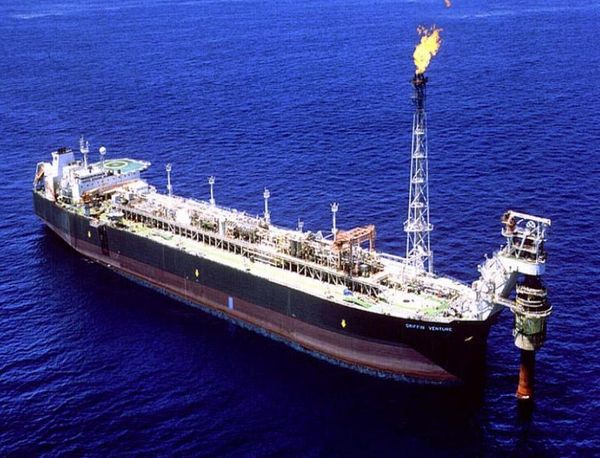BHP & Woodside caught greenwashing their LNG ambitions
• green ammonia exports • Prelude's future? •
Good morning,
Here is the newsletter you expected on Friday arriving on Tuesday! Sorry. The delay did let me get a couple more stories out:
- There was no bigger news in energy last week than in the space of a few hours Shell losing a climate court case and ExxonMobil and Chevron failing to get shareholder support for their climate inaction. All three multinationals are big players in Australia. In particular, Shell's expensive and carbon-intensive Prelude floating LNG looks like an uncomfortable fit in a greening portfolio.
READ the full story: Shell, Exxon and Chevron slammed on climate by court and investors: what it means for Australia - The amount of hype around hydrogen is overwhelming with every two-bit company claiming to have a stake in its future. Bloomberg NEF has provided a rare bit of independent and informed insight. Yes, the potential is massive, but don't expect too many liquefied hydrogen carriers plying a trade between Australia and Japan.
READ the full story: Ammonia export a hope amidst Australia’s hydrogen hype: BNEF - A few weeks ago I wrote that BHP would be concerned about the extra carbon emissions in its portfolio if it approves Woodside's Scarborough LNG project. I had a closer look, and how wrong I was. Silly me for thinking BHP's emissions targets and management climate incentives would be linked to decision and investments made by big miner.
READ the full story: BHP climate target skips massive Australian oil & gas emissions
Woodside hangs a greenwashing line over the Burrup
I'll get to the weekly roundup, but first a tale of tall tales about another Aussie company that's talk is greener than its walk.
I like nothing more than reporting a big new renewable energy development like Woodside's announcement of a possible 100MW solar project last Thursday.
Woodside had "undertaken studies" and was "progressing" stakeholder consultations while it was "investigating" supplying solar to the Pluto LNG project ahead of seeking regulatory approvals.
I asked for more information so I could write a story for you. Very little detail arrived.
The facility "could be" located at Maitland southwest of Karratha, and the "concepts" that "may also be developed in phases" were subject to "further investigations and necessary commercial arrangements."
The statements had more qualifications than a convention of Nobel prize winners.
The numbers were also suspiciously round. Fifty megawatts each for Woodside's Pluto and Perdaman's urea plant.
All we really know is that Woodside has thought about it, and talked to Perdaman and maybe a few others.
Detailed design, land tenure, indigenous land use agreements and regulatory approvals for a vast solar farm and a transmission corridor will take years.
So why would Woodside put out a statement about such a preliminary concept?
My guess is Woodside wanted to appear greener than Kermit ahead of a demonstration last Friday to pressure Environment Minister Amber-Jade Sanderson not to give any approvals to its Scarborough LNG project.
However, Woodside did tick one regulatory box on Friday, receiving works approval for Pluto Train 2 from the Department of Water and Environmental Regulation. No mention of solar power, just an extra 43MW gas turbine generator and 2MW diesel generator.
If you are in any doubt that the announcement was anything more than a rushed publicity stunt, have a look at the graphic produced by this $21 billion company. Some text and green lines on an existing picture. Dodgy West Perth companies claiming to have hydrogen or offshore wind potential produce better stuff.

Woodside has form in promoting renewable energy when an LNG project is copping flak for environmental reasons.
In mid-2018, then Woodside chief executive Peter Coleman said he expected that power generation at the North West Shelf and Pluto LNG plants would combine gas with solar and batteries by mid this decade to cut emissions. A detailed presentation was made at Perth's AOG conference about solar and gas reciprocating engines working together on the Maitland Estate. A year later, front-end engineering was to start at the end of 2019.
And what happened? Woodside lodged its detailed environmental approvals for the now near-forgotten Browse project in December 2019 with no plans for renewable energy, or anything else to cut emissions. See my story at the time: Woodside's Browse nixes net-zero for cheap and dirty.
Similarly, last week's solar proposal will not be close to being ready by late this year when a sanction of Scarborough is due.
But Woodside got some excellent media coverage last week, which was their main aim.
Note, if you think big companies should be held accountable for nonsense like this, please support the independent journalism of Boiling Cold.
The race to go big, go clean
Now for what else has happened since Friday the 21st.
CWP Renewables - a backer of the Asian Renewable Energy Hub in the Pilbara - signed an MOU with Mauritania to develop a 30-gigawatt wind and solar to green hydrogen project. The relevance to WA? We are not the only big hot, windy, empty spot near a coast and should not take eventual success in green hydrogen for granted. There is always competition.
In the United Arab Emirates, two huge clean ammonia plans are progressing – one solar-powered, the other gas worth carbon capture and storage.
Green hydrogen is approaching cost competitiveness for heavy trucking, buses and remote power, according to an Advisian study for the Clean Energy Finance Corporation.
Global steel producers are pushing the development of green steel through a Net-Zero Steel Initiative that predicts emissions-free steel in a passenger car would add less than one per cent to the price. This means consumer purchased goods could be the market for green steel to achieve scale.
A University of NSW study has pointed to batteries, not hydrogen, being the solution for light vehicles. Twice as much clean electricity is needed to make green hydrogen than to charge an equivalent battery vehicle. Charging stations are also cheaper than hydrogen filling stations.
The ordinarily conservative Motor Trades Association of Australia published a report that concluded that economies of scale and improved technology could make electric vehicles cheaper sooner than expected.
The MTAA sees more online sales, and the need for the car servicing sector to retool and reskill will challenge the industry. True, but they are now better placed to survive by accepting the change rather than undermining it with nonsense, as one well known Victoria Park car seller did before the last Federal election.
Nissan said Australia is missing out on the best EV models as "naturally the markets that have the more progressive policies and objectives and targets, are the markets that get prioritised over markets like ours."
There is hope. The South Australian Liberal Government plans a network of 530 EV chargers across the State to be in place by 2023. Another reminder that there is no logic for the energy transition being a partisan political issue beyond some players choosing to mispresent it for short term political gain.
While plenty want to ship green energy to consumers, Perth high-speed computing and subsurface analysis company DUG is moving kit close to clean energy. The ASX-listed company plans to build a high-performance computing centre near Geraldton run with renewable energy.
Geraldton, the tech hub. I bet few saw that coming.
Fossils and emissions
There are endless reports on what the court and shareholder moves on Shell, ExxonMobil, and Shell will mean in practice, but they are a moving feast, and I expect no one knows yet.
The Covalent lithium hydroxide plant in Kwinana has won approval from the WA Environmental Protection Authority. The plant backed by Wesfarmers and Chile's SQM is the third to go ahead under the EPA's requirement that emissions roughly drop linearly to zero by 2050.
According to a works approval awarded by the Department of Water and Environmental Regulation on Friday, Woodside's planned second train at Pluto will feature six highly efficient aero-derivative gas turbines to drive the compressors and have a capacity of 5.3 million tonnes of LNG a year.
A 225 terajoule a day domestic gas plant might allow Woodside to start catching up on a largely unfulfilled domestic gas obligation for Pluto Train 1.
The works approval does not cover carbon emissions. The Pluto greenhouse gas management plan is still coming through the system. If Woodside gets treated like Beach Energy and Mitsui at Waitsia, FMG, and now Covalent, the company will get the opportunity to walk its talk on net-zero emissions by 2050.
WA Kaolin has signed up for 15-years of trucked LNG from Mid-West LNG, owned by Clean Energy Fuels Australia. Deliveries from Mount Magnet to the mine 600km to the south are expected to start in January 2022.
The $US150 million topsides for Santos's Barossa LNG floating facility will be built in Singapore by Dyna-Mac. Another reminder that investment does not mean jobs if local content is low.
The Australia Institute has looked at our "gas-led" recovery and concluded the sector did not contribute whatsoever as it employs so few people.
The Guardian has a great story on the climate challenges faced by WA farmers. A Corrigin farming family commissioned a carbon audit, and their emission sources were, in order: nitrate fertilisers, then methane from livestock, and diesel emissions were last. It shows that more sophisticated and selective fertiliser use that is becoming more common in the Wheatbelt will be a financial and climate winner.
Note, the Energy in WA Conference that was cancelled for COVID is now scheduled for July 28 and 29.
Enjoy the rest of your week.
Cheers
Pete




